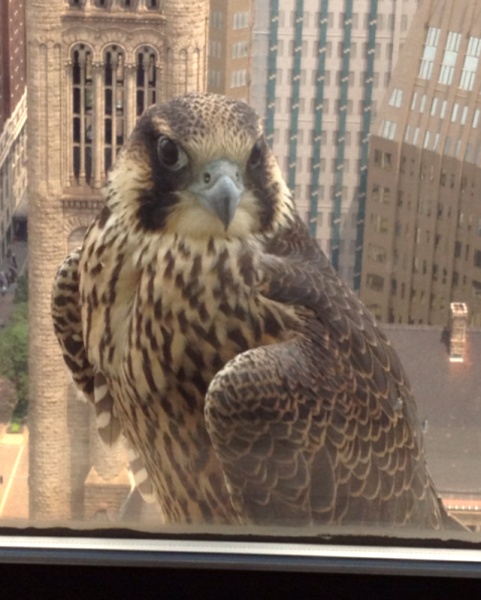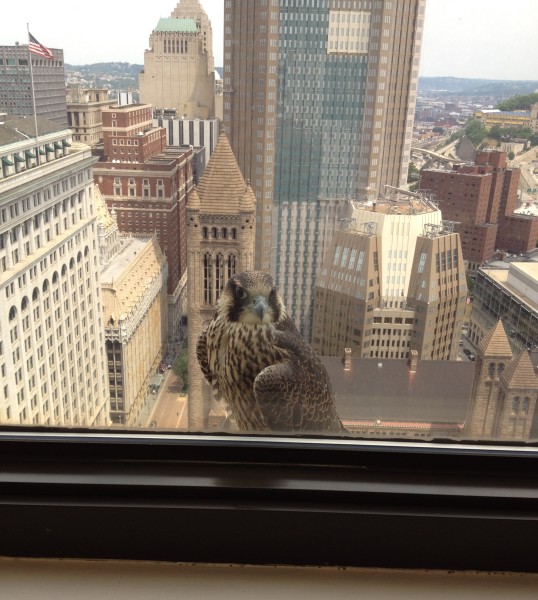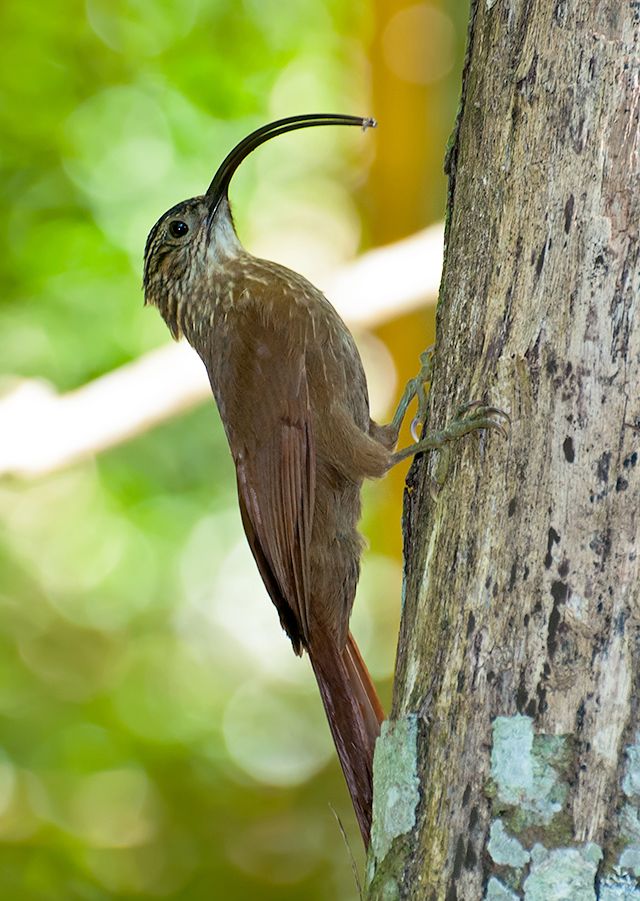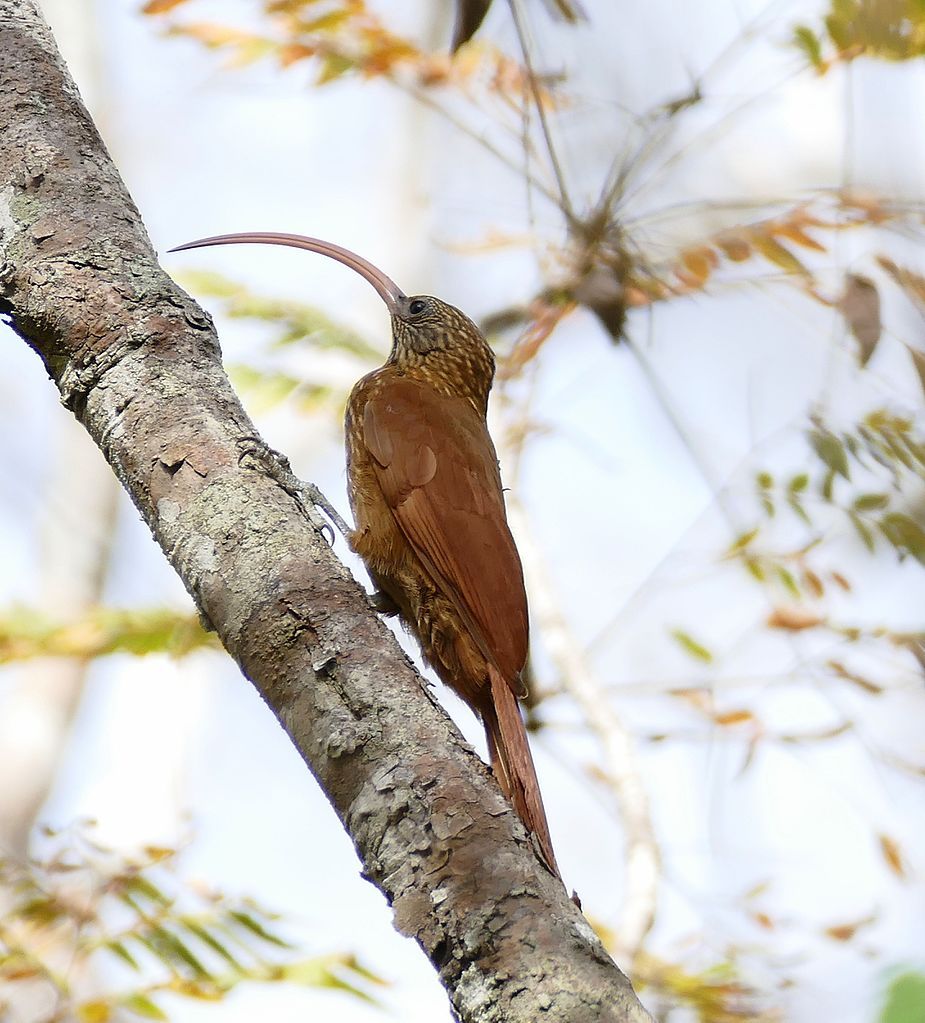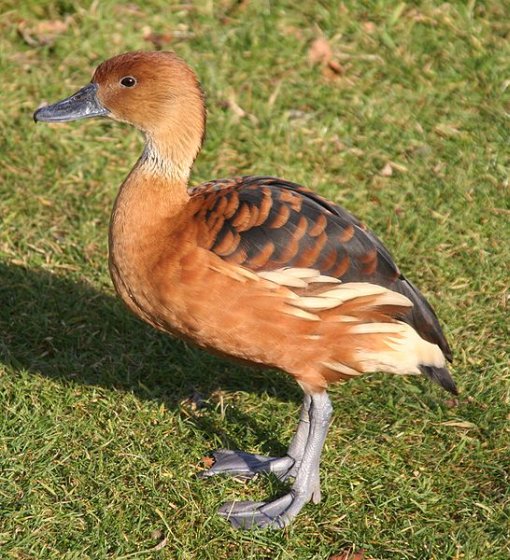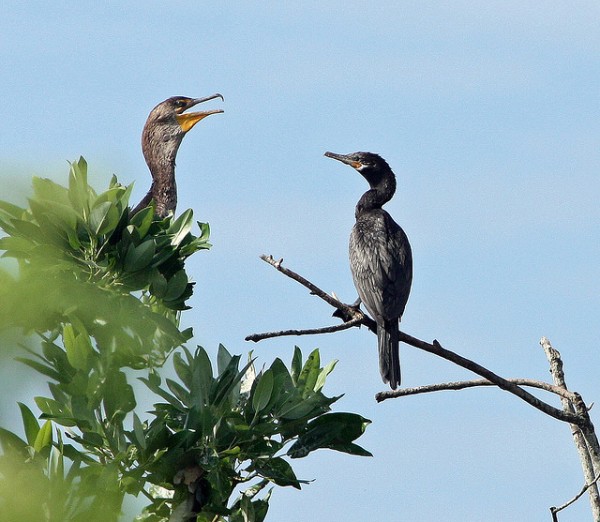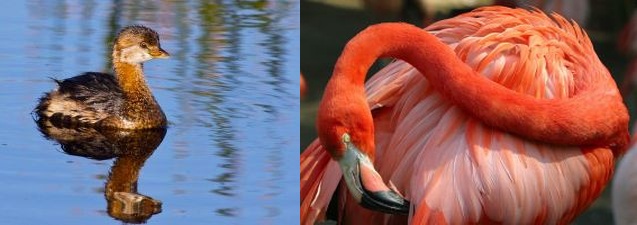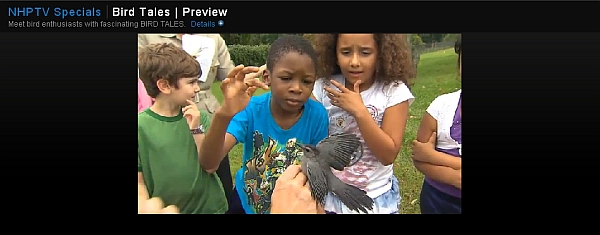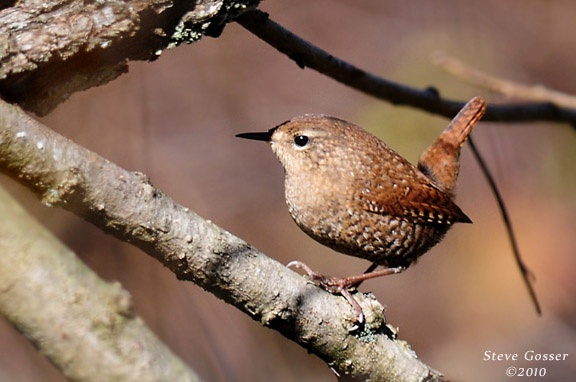
In last week’s Tenth Page I mentioned that DNA test results can lead to lumping, splitting and reordering of bird species in our field guides and checklists. Sometimes this drives me nuts.
An easy example of lumping occurred in December 2005 when the ABA lumped the black wagtail (Motacilla lugens) with the white wagtail (Motacilla alba). The black one became Motacilla alba lugens. They’re all the same species, just different races.
Splitting occurs more often as DNA analysis shows that birds we thought were a single species are actually two or more. Some birders welcome the splits because they get new birds to chase for their Life Lists. For me, it’s confusing … or exasperating.
Case in point: Prior to DNA analysis the winter wren (Troglodytes troglodytes) was listed as a single species in Europe, Asia and the Americas. In November 2010 the ABA officially split it into three (or more) species:
- Eurasian wren, Troglodytes troglodytes, in Eurasia. (new common name)
- Winter wren, Troglodytes hiemalis, in eastern North America. (new scientific name)
- Pacific wren, Troglodytes pacificus, in western North America. (new names all around)
Why does this drive me nuts?
Practically speaking you can only tell these wrens apart by range but in northeastern British Columbia “Winter” and “Pacific” overlap. Can you tell them apart in the field? Only by a slight difference in their call notes. Can you tell them apart in a photograph? No. How to be sure which one you’ve found? Test his DNA.
The changes are a bookkeeping nightmare. The Internet is sprinkled with old and new names. Some birds have changed twice: Baltimore oriole became “northern oriole” (lumped with Bullock’s oriole) and went back to Baltimore oriole (re-split).
I can’t keep up! Arg!
(Photo of a winter wren by Steve Gosser taken in October 2010, only a month before the bird’s scientific name was changed.
Inspiration for this Tenth Page is from page 70-73 of Ornithology by Frank B. Gill.)
